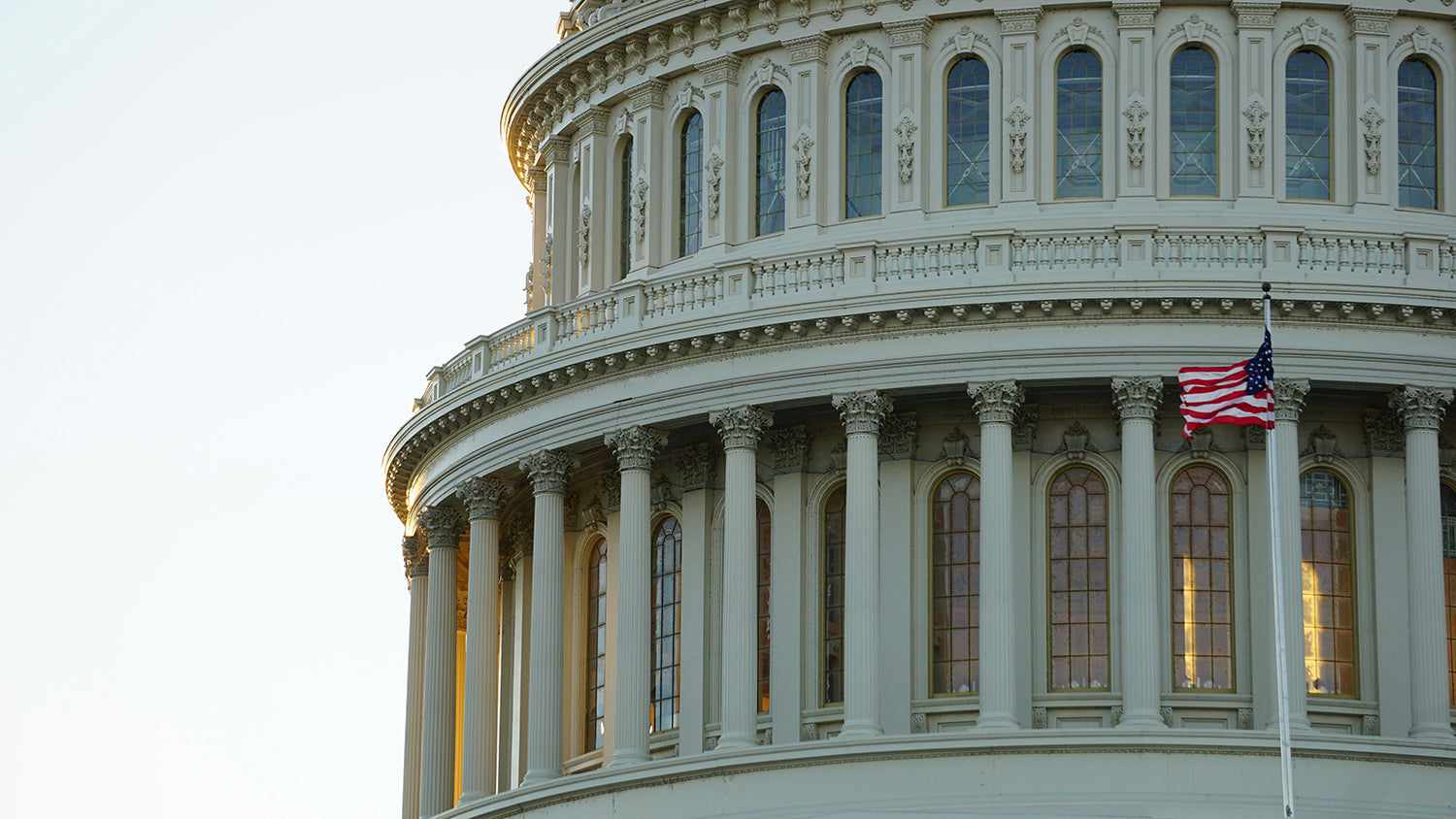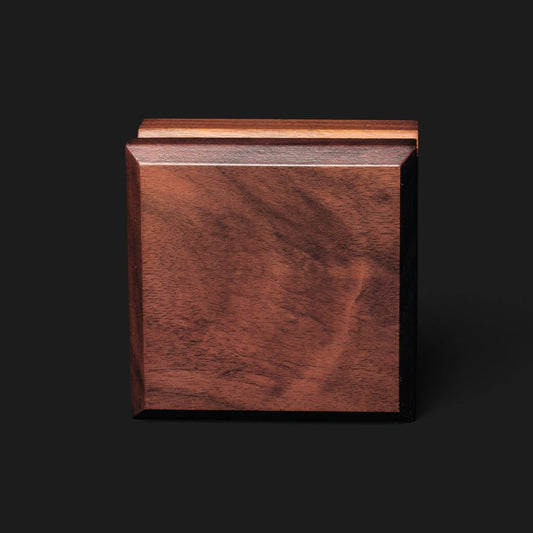
Origins of the Military Challenge Coin Explained
Renita WingfieldThe tradition of military challenge coins is deeply rooted in military history, often cloaked in legend and cherished by those who have served. These coins hold significant sentimental value and are a cornerstone of military camaraderie and morale. This blog delves into the fascinating origins of the military challenge coin, exploring its history, evolution, and the integral role it continues to play within the armed forces.
Military challenge coins are small coins or medallions that bear an organization’s insignia or emblem and are carried by the organization’s members. Traditionally used to prove membership when challenged and to enhance morale, these coins are also collected by service members and law enforcement personnel. Historically, they are given to prove membership when challenged and to enhance morale.
The First Challenge Coins

The most popular story of the first military challenge coin dates back to World War I. An American flying squadron, newly formed, had bronze medallions struck with their unit’s insignia and distributed among the ranks. A young pilot placed this medallion in a small leather pouch around his neck for safekeeping. Shortly after acquiring the medallion, his aircraft was damaged during a combat mission, forcing him to land behind enemy lines, where he was captured by German patrols.
The Germans confiscated the pilot's possessions except for the small leather pouch around his neck. Later, he escaped during a bombardment and made his way to a French outpost. Without personal identification, the French suspected him to be a saboteur until he showed his medallion. Recognizing the insignia, the French verified his identity and spared his life. Upon return, he shared his story, and the practice of carrying a coin became a tradition in his squadron.
Evolution Through the Ages
The journey of military challenge coins from exclusive military tokens to revered symbols across various professional sectors showcases their broadening appeal and significance. Initially rooted in military traditions, these coins have transcended their original scope to embody unity and recognition in diverse fields.
Military Beginnings
Historically, challenge coins surfaced during World War I, but their widespread adoption is most notably seen in World War II and the Vietnam War. During these times, the coins not only identified members of specific units but also boosted morale amidst the harrowing realities of warfare. As military strategies and units evolved, so did the coins, reflecting increasingly complex insignias and mottos that captured the essence of each unit’s spirit and core mission.
Adoption by Law Enforcement and Fire Departments

In the late 20th century, the tradition of challenge coins made a significant transition into law enforcement and firefighting agencies. For police officers and firefighters, these coins symbolize a commitment to public service and the tight-knit camaraderie that is essential in such high-stakes professions. Law enforcement agencies often issue coins to units for special achievements or after significant cases, mirroring the military’s use of coins to commemorate battles or deployments.
For fire departments, challenge coins can represent significant incidents, memorialize fallen heroes, or celebrate milestones like anniversaries of service. The designs incorporate elements that are deeply symbolic to firefighting, such as ladders, axes, and helmets, alongside the specific firehouse emblem.
Expansion into Corporate and Non-Profit Sectors
More recently, the use of challenge coins has expanded into the corporate and non-profit sectors, signifying a broader cultural adoption. In these contexts, coins are often used to enhance team building, mark significant corporate milestones, or as a means of branding. They are frequently handed out at corporate events, leadership seminars, or used as a tool for recognizing outstanding employee achievements.
Each coin is meticulously designed to reflect the company’s brand, values, and mission. Symbols and phrases unique to the company’s identity are embedded into the coin’s design, turning it into a portable embodiment of the company’s ethos. This practice not only bolsters a sense of belonging and pride among employees but also serves as a physical reminder of the organization’s appreciation of their efforts.
Cultural Impact and Continuing Legacy
Military challenge coins have transcended their initial role as military identifiers to become symbols with significant cultural impact and a lasting legacy. Here’s a detailed exploration of how these coins have made a mark beyond the military and into wider societal realms.
1. Presence in Media and Entertainment
Challenge coins have made appearances in films, television shows, and books, often used to depict military life with authenticity or to symbolize the deep bonds between characters who serve. This not only educates the public about a unique military tradition but also integrates the concept into popular culture, enhancing its visibility and significance.
2. Collectibility and Hobbyism
The variety and historical significance of challenge coins make them highly collectible. Hobbyists and historians alike seek rare or unique coins, which can represent historical events, famous missions, or esteemed units. This collectibility aspect ensures that the legacy and stories encapsulated by each coin are preserved and cherished.
3. Symbolic Representations in Civilian Organizations
As challenge coins have grown in popularity, they have been adopted by non-military groups such as corporate entities, fire departments, police forces, and other organizations. These coins are used to build team unity, honor achievements, and sometimes, foster a military-like brotherhood and discipline in civilian settings.
4. Influence on Corporate and Team Building Practices
Many companies now use challenge coins in a manner similar to their use in the military, as tokens of appreciation or to mark significant achievements in the corporate world. This practice has been noted to enhance team spirit and loyalty, drawing from military traditions to reinforce company values and unity.
5. Educational Use and Historical Interest
Challenge coins are also used as educational tools in schools and public service settings, where they can help explain military history and traditions to younger generations. This educational use ensures that the stories of valor and service embodied by the coins continue to inspire respect and patriotism.
6. Memorials and Commemorations
Challenge coins are often created to commemorate events such as the anniversaries of significant battles, veteran reunions, or memorial services for fallen soldiers. These coins serve as tangible reminders of the sacrifices made by service members, helping to keep their memories alive in a dignified and enduring manner.
7. Global Spread and Adoption
The tradition of military challenge coins has spread globally, with armed forces from different countries and international organizations adopting the practice. This global spread highlights the universal appeal of these tokens as symbols of honor, unity, and shared values across diverse cultures.
8. Integration in Ceremonial Practices
In military and other organizational contexts, challenge coins are often used in ceremonial settings, such as retirements, promotions, and significant milestones. The ritual of passing a coin can be a profound moment of connection, respect, and transition.
The enduring appeal and evolving roles of military challenge coins illustrate their importance not just as military memorabilia but as cultural artifacts that carry significant emotional and symbolic weight. Their impact on popular culture and their ongoing legacy underscore their role as enduring emblems of camaraderie, honor, and collective memory.
Modern Day Uses and Significance
Challenge coins today are multifaceted tools used for morale-boosting, recognition, and community building across diverse sectors. Their significance extends far beyond their historical military origins, permeating into civilian, governmental, and corporate realms. The tradition has adapted and flourished, reinforcing its role in fostering a sense of unity and pride among those who carry them.
Morale Boosting
One of the primary roles of challenge coins in contemporary settings is to act as a morale booster. In military units, these coins are often awarded by commanders in recognition of special achievements or a job well done, serving as a tangible recognition of a soldier's hard work and dedication. This practice has been adopted in other fields as well, such as emergency services and corporate environments, where the principles of teamwork and achievement are equally valued. The act of receiving a coin can significantly lift an individual’s spirits and boost team morale, enhancing a collective sense of accomplishment and belonging.
The Coin Check Tradition
The tradition of the "coin check" is a well-known and widely practiced game among military personnel and has been adopted by veterans, law enforcement agencies, and firefighters. The game begins when a member of the group audibly or visibly challenges others by presenting their coin. In response, those who are challenged must immediately show their coin to the challenger. Anyone who fails to present their coin must undertake a consequence, traditionally buying a round of drinks for the challenger and all who were able to present their coins.
This tradition serves not just as a playful competition but as a continual reminder of the members’ shared experiences and values. It strengthens bonds among group members and maintains a constant connection to their collective identity and heritage. The coin check also perpetuates an ongoing engagement with the symbolism and significance of the coins, keeping their meaning alive in the daily lives of those who carry them.
Tokens of Appreciation and Recognition
Challenge coins are also commonly used as tokens of appreciation or recognition of special achievement. In non-military contexts, such as in the corporate or non-profit sectors, leaders might distribute coins to employees or volunteers who go above and beyond their duties or who contribute significantly to a project or cause. These coins are often personalized with the mission of the organization or event, making them a unique and cherished acknowledgment that carries personal and collective significance.
Moreover, challenge coins are frequently used in memorial services and are given to the families of fallen servicemen and women as a token of honor and remembrance for their sacrifice. This use underlines the profound emotional and commemorative value of the coins, bridging generations and touching lives beyond the immediate recipients.
Key Takeaways
- Military challenge coins originated during World War I as a form of identification for American servicemen.
- The tradition of challenge coins has evolved from military to civilian applications, symbolizing camaraderie and collective achievement.
- Challenge coins today are used for boosting morale, formal recognition, and participation in traditional coin checks.
- Each coin typically features unique designs that embody the values and identity of the issuing organization.
- These coins hold not only sentimental value but also a significant place in military and organizational traditions.

Discover the Honor Behind Every Coin
At Command Challenge Coins, we're not just creating tokens; we're forging symbols of achievement, unity, and recognition. Our commitment to excellence is mirrored in every meticulously crafted coin, embodying the values and stories of those who carry them. From the rich history embedded in military traditions to the contemporary applications across various sectors, challenge coins represent more than just metal—they symbolize a legacy of honor and camaraderie.
Have a design in mind or need guidance on creating your unique challenge coin? Get a free quote today to consult with our specialists.














